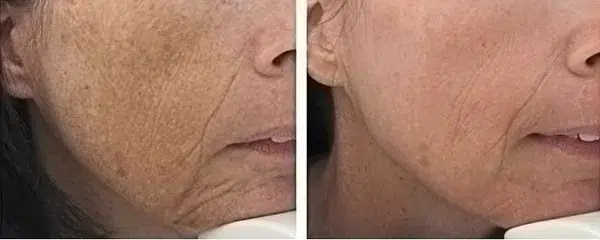Professional Skin tightening Edmotnon
Whether you want to smooth your skin, lift sagging jowls, or tighten loose skin after weight loss, Albany Cosmetic & Laser Centre offers a suite of advanced skin-tightening treatments in Edmonton. Our clinic utilizes lasers, ultrasound, radio-frequency microneedling, and thread lifts to stimulate collagen production, tighten the skin, and achieve a firmer, more youthful complexion.
Because every face and body is different, our experienced team customizes each treatment plan to suit your skin type, goals, and schedule. Discover the options available and learn how you can achieve visible, long-lasting results without surgery.
Real Treatment Results and Patient Photos


Quick Summary of Skin Tightening Options
Cost & Pricing
What To Expect
Mechanism of Action
Benefits & Results
Discomfort & Pain Level
Side Effects & Downtime

Skin Tightening Options and Transparent Pricing in Edmonton
Skin tightening costs depend on the modality, number of sessions, and size of the treatment area. During your consultation, we’ll create a personalised plan and quote. Typical pricing includes:
What to Expect: Consultation, Procedure & Aftercare
Request Your Appointment Today
Request your consultation today and discover how our treatment can refresh your appearance.
Call us at (587) 520‑2835 or use our online booking form to schedule an appointment.
Read our privacy policy here